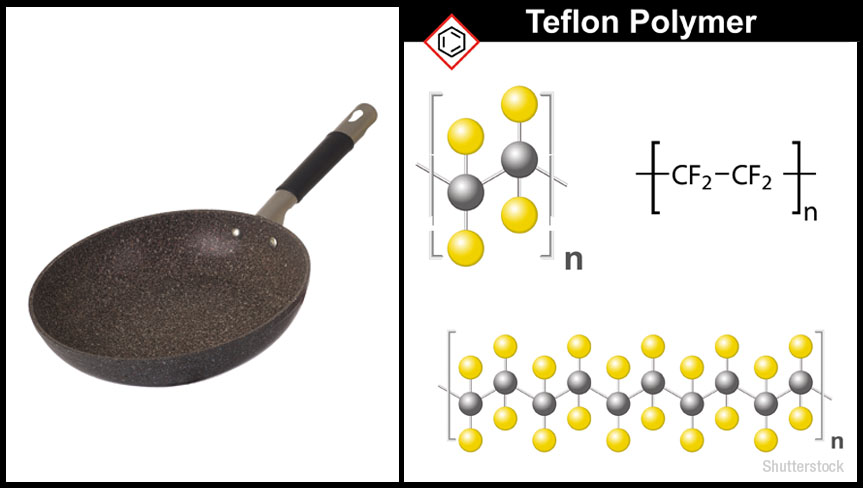The discovery of Teflon

The discovery of Teflon
The discovery of Teflon, a polymer chemically known as polytetrafluoroethylene (PTFE), was sheer coincidence, and yet a revolutionary one. The man behind the discovery was an American chemist named Dr Roy J. Plunkett (1910–1994), who was then working for DuPont, an American chemical company.
In the year 1938, Dr Plunkett was conducting a coolant gas experiment to make a new refrigerant. He mixed tetrafluoroethylene (TFE) with hydrochloric acid (HCl) and stored it in a coolant called dry ice. He found that a reaction had taken place and the compound that had formed was insoluble in almost everything – cold water, hot water, acetone, ethers, acids, and alcohols. It did not char or melt under a soldering iron; it did not rot, swell, mildew, mould, or degrade in sunlight.
Teflon mostly serves as a non-stick coating for pans and other cookware. Since it doesn’t easily react to chemicals, it is used in containers and pipework to make them corrosion-resistant. As a lubricant, Teflon increases efficiency in machinery by reducing friction, wear and energy consumption.
Dr Plunkett obtained patent for his discovery three years later, i.e., in 1941 and registered the Teflon trademark in 1945.







